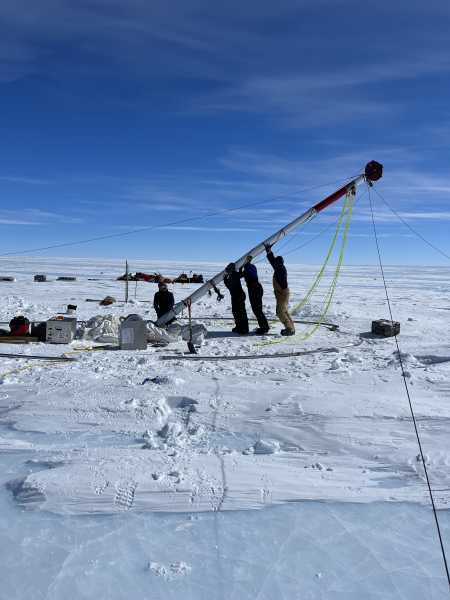
The Earth's energy imbalance is increasing due to greenhouse gas emissions, although other factors also play a role. (Image credit: NASA/CERES)
The Earth's energy imbalance is growing faster than scientists thought, and they can't figure out why.
Compounding the problem, several NASA satellites that provide the best data on the imbalance are nearing the end of their useful lives, and researchers worry that their single replacements will not be sufficient. In the worst case, scientists could lose one of their key indicators of climate change, since the next best way to measure the energy imbalance will be delayed by about 10 years.
“What we get from [these] satellites is data that is about 10 years faster, which is why it’s so critical,” Torsten Mauritsen, a meteorology professor at Stockholm University in Sweden and lead author of a commentary on the matter, told Live Science. “The absolute ideal would be for NASA to continue operating them.”
You may be interested in
- The Sun's Mysterious 100-Year Cycle May Have Just Resumed
- 'The Universe Threw Us a Curveball': The Largest-Ever Map of the Cosmos Shows We May Have Completely Got Dark Energy Wrong
- A giant extraterrestrial 'wave' hit Earth 14 million years ago and may have radically changed our planet's climate
The Earth's energy imbalance is the difference between the amount of energy our planet receives from the Sun and how much it radiates into space. This imbalance is mainly caused by greenhouse gas emissions, which trap some of the energy emitted by the Earth in the atmosphere, causing temperatures to rise.
Satellite data show that Earth’s energy imbalance has more than doubled in the past 20 years, far exceeding climate model predictions. In 2023, the imbalance reached 1.8 watts per square meter (0.16 watts per square foot), twice as much as models expected based on rising greenhouse gas emissions, according to a commentary published May 10 in the journal AGU Advances, but scientists are still struggling to explain why the imbalance has grown so much recently.
“We started noticing this significant trend in recent years, and it kept growing,” Mauritsen said. “We were both concerned about this significant trend and, on the other hand, that we might soon lose the ability to observe it.”
For years, researchers have been trying to understand satellite data on Earth's energy imbalances. At first, it seemed like the readings might reflect the system's variability and fluctuations caused by climate events like El Niño, Mauritsen said.
But as the imbalance continued to grow faster than climate models could account for, scientists began to suspect something more was going on. “When it just kept happening, I started to have doubts,” Mauritsen said.
Earth's increased energy imbalance is likely caused by a decrease in the planet's reflectivity — that is, the amount of energy Earth radiates into space. This decrease could be caused by a variety of factors, Mauritsen said, including a decrease in reflective surfaces such as ice caps and a decrease in reflective particles, or aerosols, from activities such as shipping. But the exact causes remain unknown.
“Something is missing [in the models], but right now we don't know exactly what it is,” Mauritsen said.
Sourse: www.livescience.com





